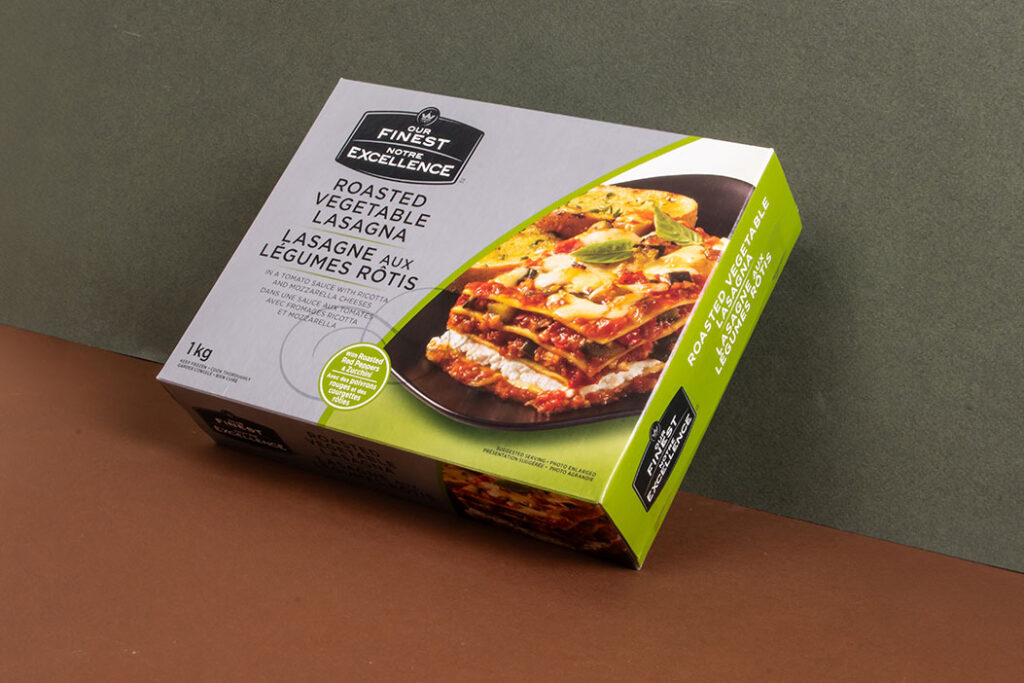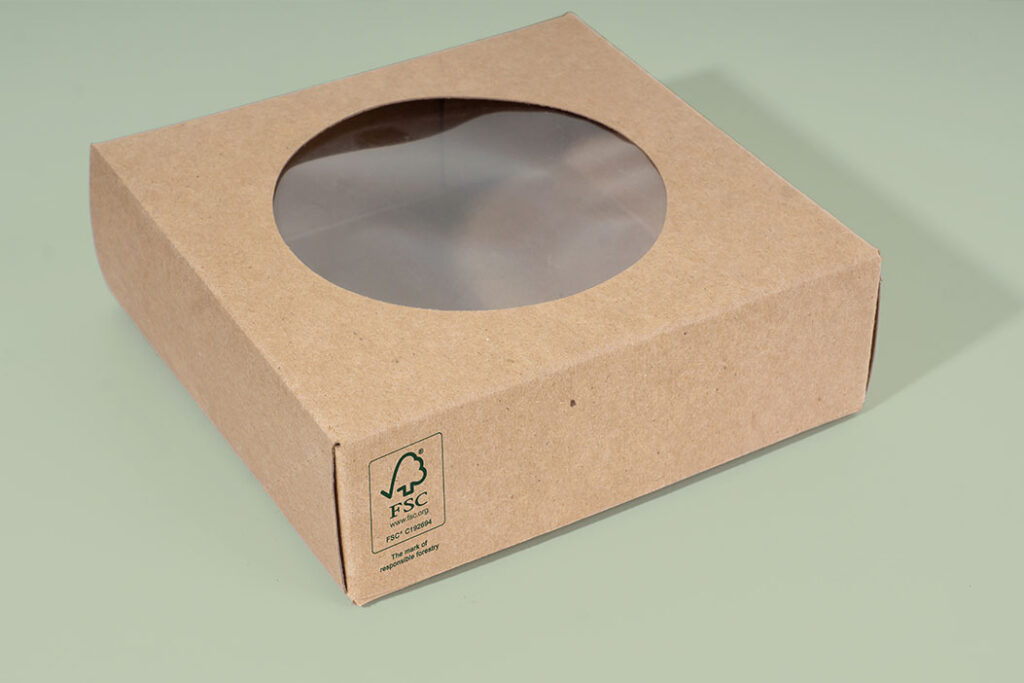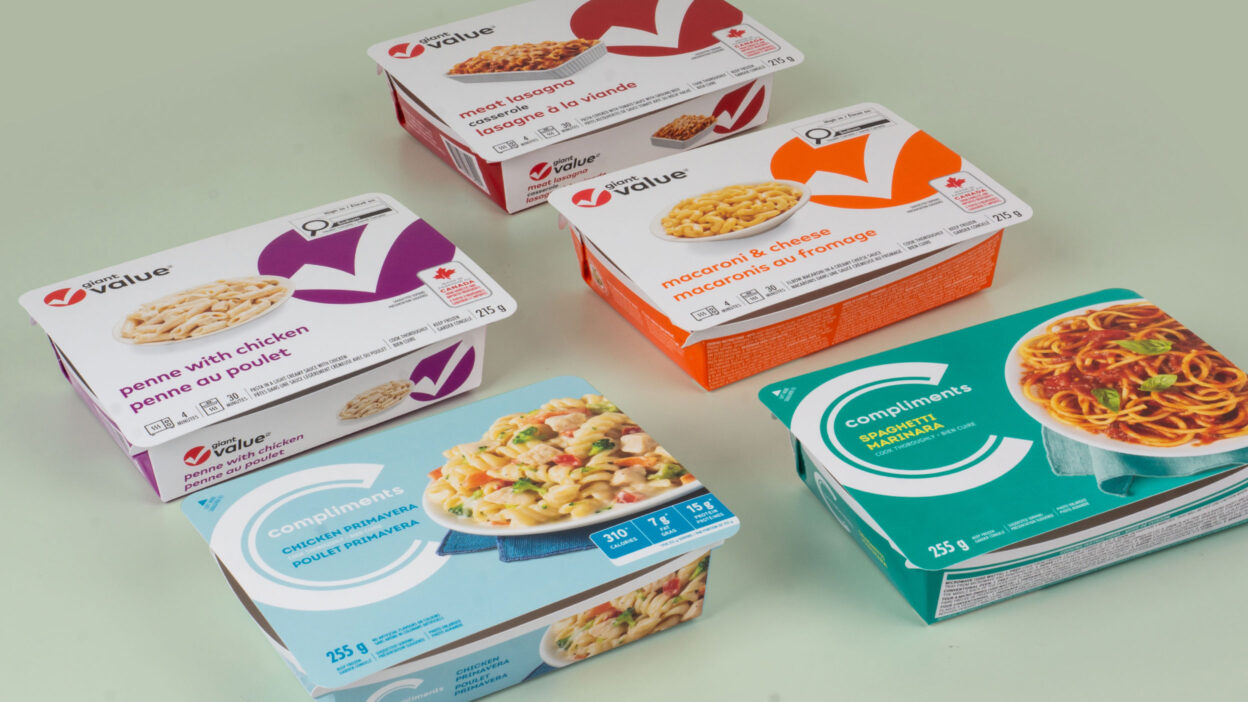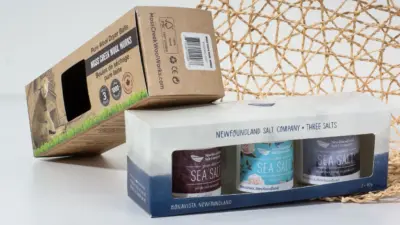Introduction
In the rapidly growing frozen food industry, packaging plays a pivotal role in maintaining product quality, ensuring safety, and enhancing brand appeal. Custom frozen food packaging is not just about wrapping your product—it’s about creating a solution that protects, preserves, and promotes your brand. Whether you’re a startup or an established business, this guide will walk you through everything you need to know about designing effective frozen food packaging that stands out on the shelves and meets consumer expectations.
Why Custom Frozen Food Packaging Matters
Frozen food packaging is more than just a container—it’s a critical component of your product’s success. Here’s why:
- Preserves Freshness and Quality: Frozen foods require packaging that can withstand extreme temperatures, prevent freezer burn, and maintain flavor and texture.
- Ensures Safety: Packaging must comply with food safety regulations to prevent contamination and ensure consumer health.
- Enhances Brand Identity: Custom packaging allows you to showcase your brand’s personality, values, and story, helping you connect with your target audience.
- Improves Shelf Appeal: Eye-catching designs and functional packaging can make your product stand out in a competitive market.

Key Features of Effective Frozen Food Packaging
When designing custom packaging for frozen foods, consider the following essential features:
1. Durability and Strength
Frozen food packaging must be robust enough to withstand freezing temperatures, transportation, and handling. Materials like corrugated cardboard, polypropylene, and polyethylene are popular choices due to their strength and flexibility.
2. Temperature Resistance
Your packaging should maintain its integrity in sub-zero conditions without cracking or becoming brittle. Look for materials specifically designed for frozen food applications.
3. Moisture and Vapor Barrier
Moisture is the enemy of frozen foods. Packaging with a high-quality moisture barrier prevents ice crystals from forming and protects against freezer burn.
4. Sustainability
Consumers are increasingly eco-conscious. Opt for recyclable, biodegradable, or compostable materials to align with their values and reduce your environmental footprint.
5. User-Friendly Design
Easy-to-open, resealable, and microwave-safe packaging enhances the customer experience and encourages repeat purchases.
6. Compliance with Food Safety Standards
Ensure your packaging meets FDA, EU, or other relevant food safety regulations to avoid legal issues and build consumer trust.
Design Tips for Custom Frozen Food Packaging
Your packaging design is your first opportunity to make a lasting impression. Here’s how to create a design that resonates with your audience:
1. Highlight Key Product Information
Clearly display essential details like ingredients, nutritional facts, cooking instructions, and expiration dates. Use legible fonts and contrasting colors for readability.
2. Incorporate Eye-Catching Graphics
Use vibrant colors, high-quality images, and creative designs to grab attention. Showcase your product in a way that makes it irresistible.
3. Tell Your Brand Story
Use your packaging to communicate your brand’s mission, values, and unique selling points. For example, if your product is organic or sustainably sourced, highlight this on the packaging.
4. Optimize for Shelf Impact
Consider how your packaging will look on crowded store shelves. Bold logos, unique shapes, and strategic use of white space can help your product stand out.
5. Include QR Codes or Augmented Reality
Add a modern touch by incorporating QR codes that link to recipes, promotions, or your brand’s website. This can enhance customer engagement and loyalty.
Choosing the Right Packaging Materials
The material you choose for your frozen food packaging can make or break your product. Here are some popular options:
- Corrugated Cardboard: Ideal for outer packaging, it provides excellent insulation and protection.
- Polypropylene (PP): A durable plastic that resists moisture and temperature fluctuations.
- Polyethylene (PE): Commonly used for bags and pouches, it offers flexibility and a strong moisture barrier.
- Aluminum Foil: Provides superior insulation and protection against light and oxygen.
- Biodegradable Films: Eco-friendly options that appeal to environmentally conscious consumers.

Sustainability in Frozen Food Packaging
As consumers demand greener solutions, sustainable packaging is no longer optional—it’s a necessity. Here’s how to make your frozen food packaging more eco-friendly:
- Use recyclable or compostable materials.
- Minimize packaging waste by optimizing design and material usage.
- Partner with suppliers who prioritize sustainable practices.
- Educate consumers on how to properly dispose of your packaging.
Common Mistakes to Avoid
- Overlooking Insulation: Poor insulation can lead to thawing and refreezing, compromising product quality.
- Ignoring Regulatory Requirements: Non-compliance can result in costly recalls and damage to your brand’s reputation.
- Sacrificing Functionality for Aesthetics: While design is important, it should never come at the expense of functionality.
- Using Non-Sustainable Materials: Failing to address environmental concerns can alienate eco-conscious consumers.
Custom frozen food packaging is a powerful tool for protecting your product, enhancing your brand, and meeting consumer demands. By focusing on durability, functionality, design, and sustainability, you can create packaging that not only preserves your product but also drives sales and builds customer loyalty.
Ready to take your frozen food packaging to the next level? Partner with a trusted packaging expert who understands your needs and can deliver innovative, customized solutions tailored to your brand.
Elevate Your Brand Packaging
Craft packaging that makes your products shine
Get started today!



